From the enchanting landscapes of ancient China to the modern fashion runways, the timeless elegance of Hanfu garments continues to captivate hearts across the globe. As we embrace the warmth of summer, it's time to dive into the fascinating world of fabrics that effortlessly blend tradition with comfort, bringing forth a refreshing sartorial experience. Still bothered by what fabric is cooler for hanfu? This article will introduce you some common fabrics for summer hanfu.
01 Preliminary introduction to modern clothing fabrics
Modern clothing materials can generally be categorized into three types: natural fibers, artificial fibers, and synthetic fibers. Artificial and synthetic fibers can also be combined to form chemical fiber.
Natural fiber mainly refers to animal or plant-based fibers such as cotton, linen, wool and silk. Cotton has excellent moisture absorption properties while being breathable and warm but is prone to wrinkling; linen fiber doesn't curl easily but wrinkles easily with a rougher texture.
Artificial fiber (also known as regenerated fiber) is made from natural polymers. According to the shape and usage of artificial fibers, they are divided into three categories: rayon, viscose staple fiber, and artificial wool. Important varieties include viscose fibre, acetate fibre, cuprammonium rayon fibre etc. Artificial fibres generally have similar characteristics to those of natural fibres including good moisture absorption properties, breathability and dyeing ability with a soft feel that's lustrous making it an important textile material.
Synthetic fiber is composed of non-fiber chemicals synthesized into textiles using high molecular compounds such as polyester, nylon, acrylic, spandex and so on. Polyester has good wear resistance with fabric stiffness which makes it widely used due its ease in sourcing raw materials, however,it has poor breathability; nylon's biggest advantage lies in its strength & abrasion resistance although it lacks breathability leading easy pilling during use.
02 Common Fabrics for Summer Hanfu
Tencel
Tencel is a kind of viscose fiber, easy to be confused with mulberry silk. It has the advantage of being soft, drapey and not shrinking in water making it suitable for use as bedding or summer clothing.
The raw material used to make tencel is natural and comes from coniferous trees which are dissolved, sprayed into fibers before being spun into fabrics without producing any byproducts or chemical reactions making it an environmentally friendly fabric.
Tencel can be said to integrate the advantages of various fabrics all in one since it combines the comfort of cotton cloth with the toughness, strength found in polyester and the softness & drapiness associated with real silk.
Chiffon
Chiffon is a yarn product made from silk that's lightweight transparent and gives off a feeling of airiness when draped over something due to its thinness, typically refers to polyester fiber.
Viscose fiber
Viscose fiber is the main species of artificial fibers. Its main raw material is chemical pulp, including cotton pulp meal and wood pulp meal two, through a chemical reaction to separate the natural cellulose regenerated from. Viscose fiber is good moisture absorption, easy to dye, not easy to static electricity.
It should be noted that natural materials do not always result in better results than synthetic alternatives. For example, polyester fibers have characteristics such as wear resistance, wrinkle resistance, strong elasticity and quick drying times that cannot compare with natural materials such as cotton or linen which are prone to these issues. Polyester blended with natural fibers helps solve these problems so don't just blindly chase after only natural fabrics when choosing your textiles in summer hanfu.
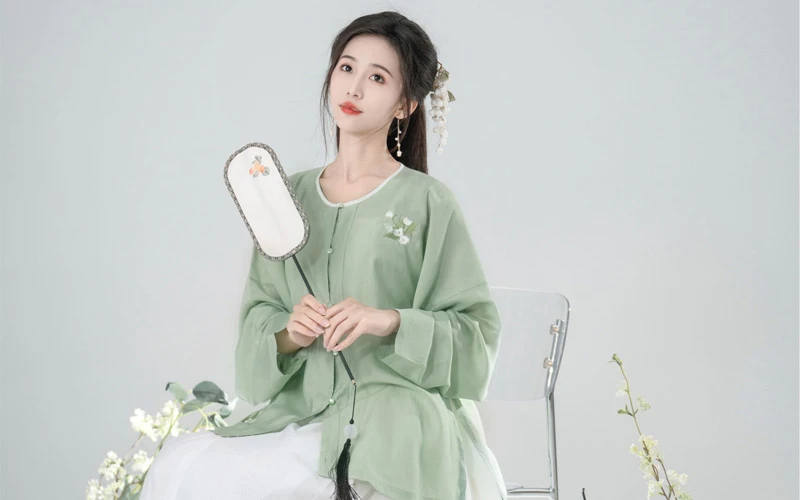
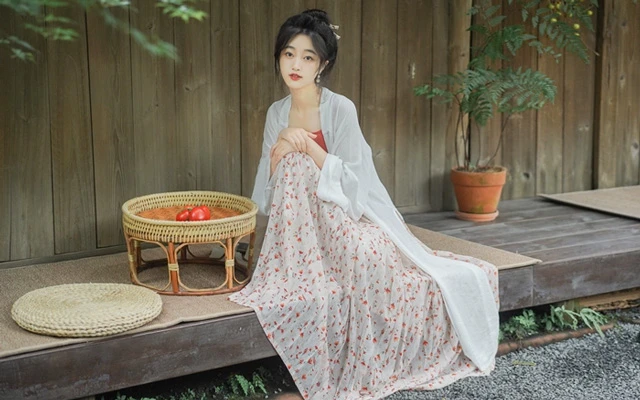
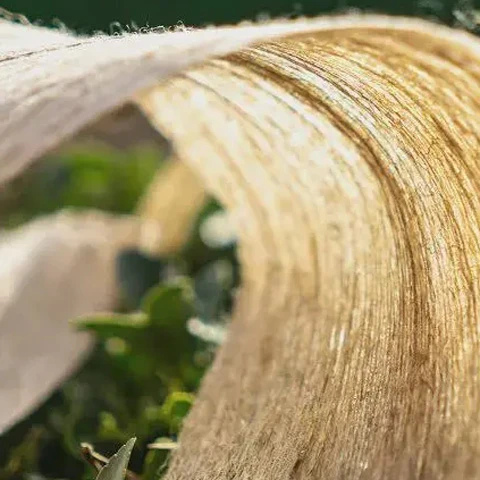
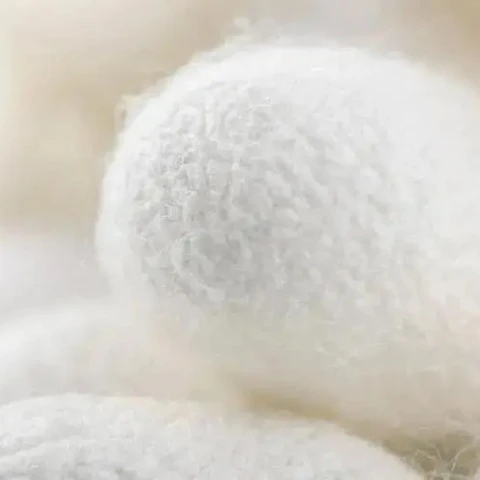
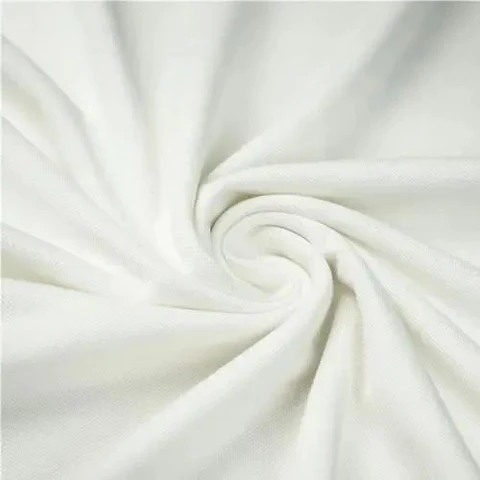
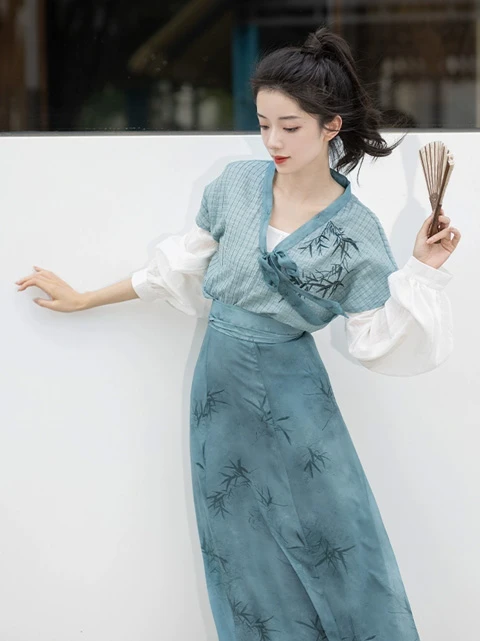
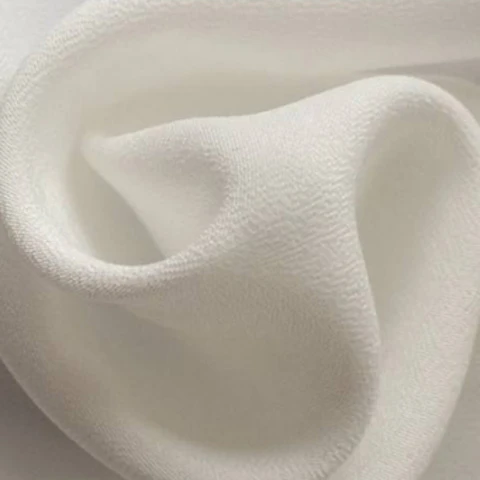
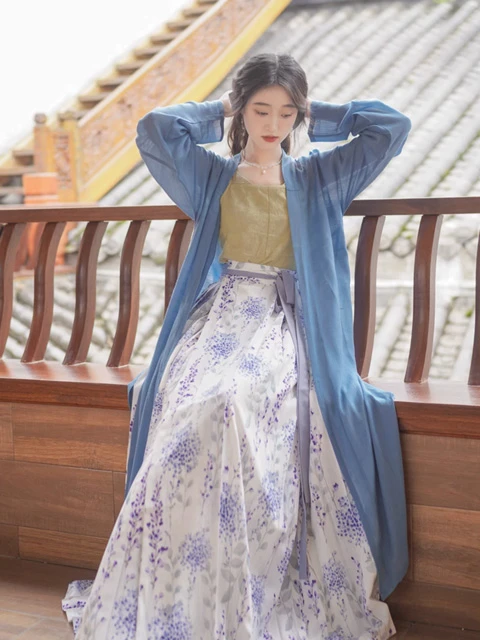
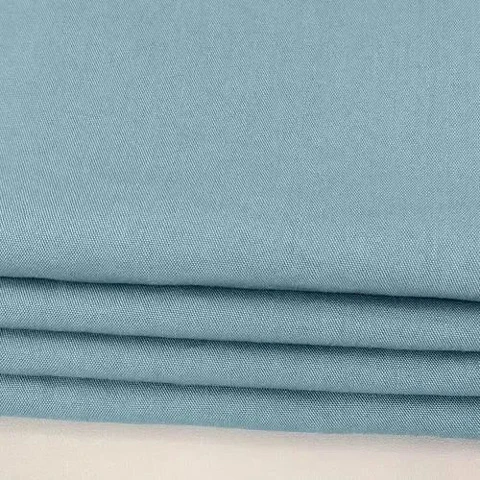

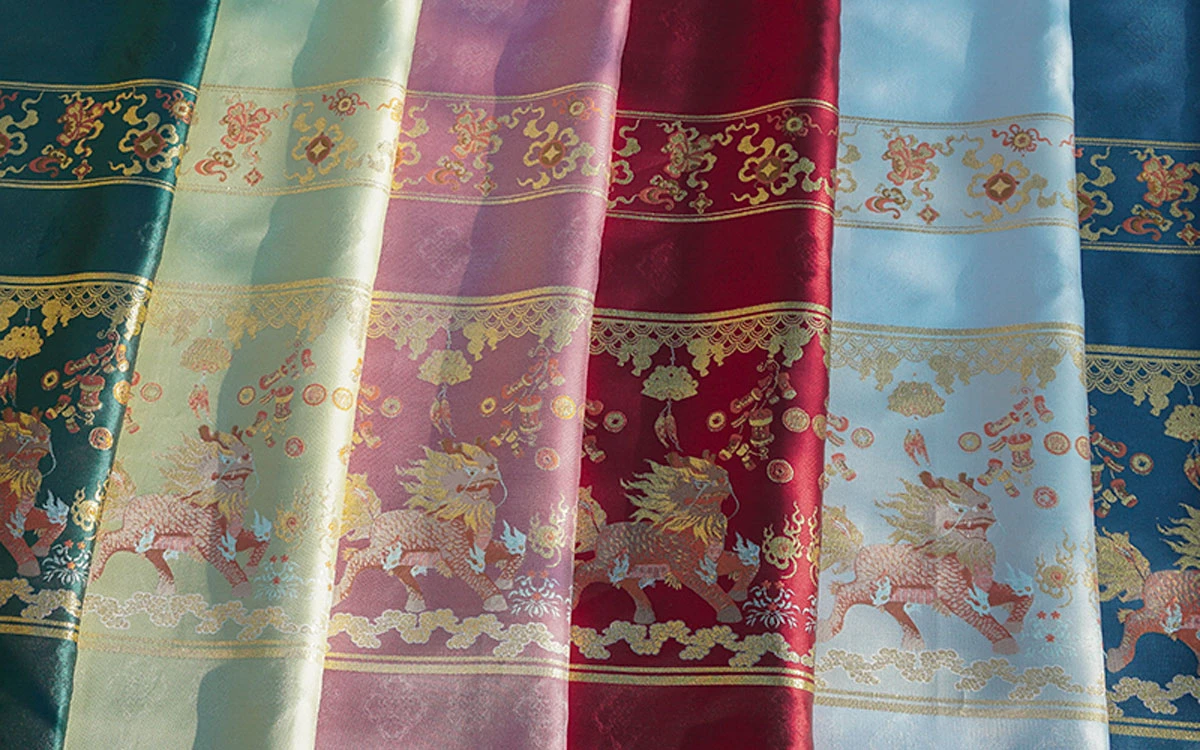
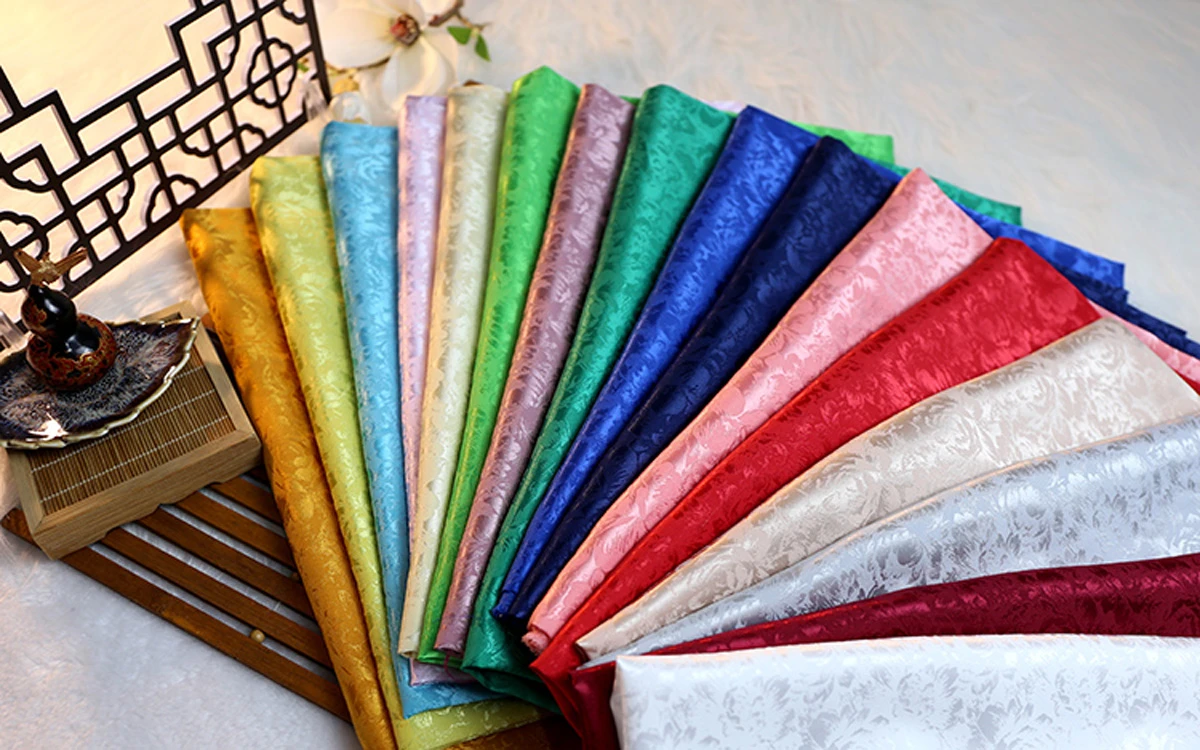

Oh, and nylon LOVES fire, so you have to be careful with it bursting into flames.
I'm all for synhtetic fibers when it comes to achieving technical goals, like resistance, wrinkle free, light weight, etc. But in terms of Summer heat management, natural fibers is still the way to go for me. Plant fibers are humidity absorbant since that's what they were made for in the first place by nature, and in terms of breathability, there is no match. 😉 The biggest pb though, is that they wrinkle like hell!
agree!